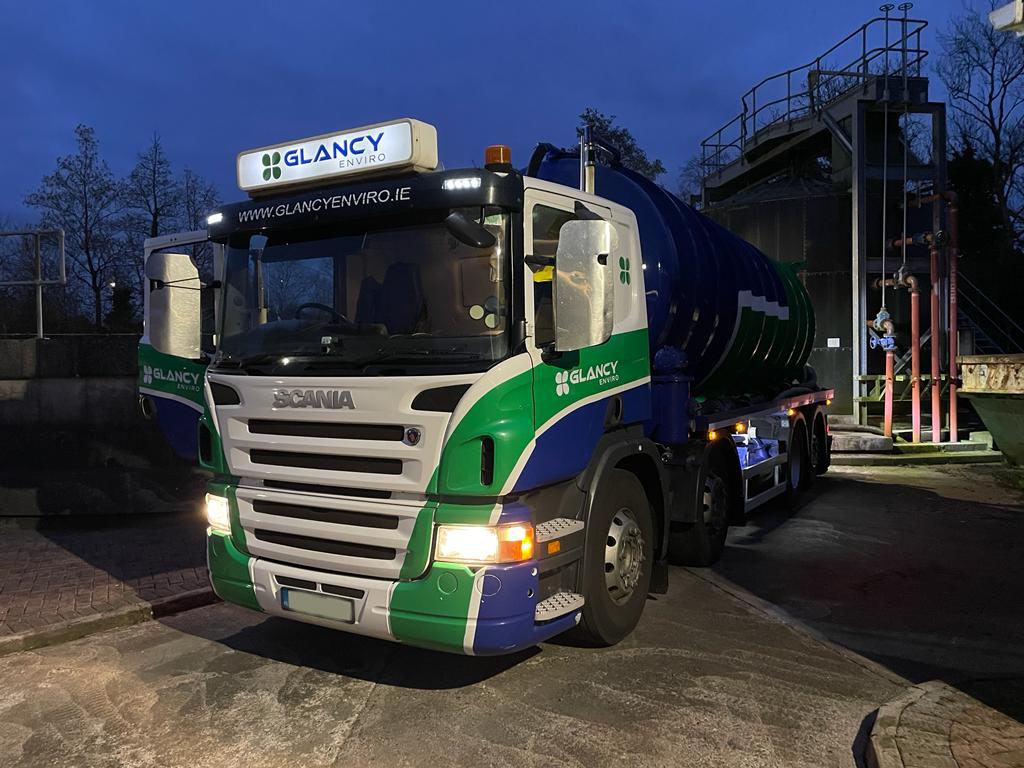Not known Details About Reclaim Waste
Not known Details About Reclaim Waste
Blog Article
The 3-Minute Rule for Reclaim Waste
Table of Contents10 Easy Facts About Reclaim Waste ExplainedThe Facts About Reclaim Waste UncoveredThe Facts About Reclaim Waste UncoveredThe 4-Minute Rule for Reclaim WasteThe Facts About Reclaim Waste Uncovered
Discover the kinds, incidents, and kinds of liquid waste. Domestic sewer waste refers to the waste and products from a residential septic tank. This sort of waste is produced by humans in houses, colleges, and other buildings. This only consists of sewage-disposal tanks that have a drain area. The appropriate administration and disposal of residential sewage waste need liquid waste to be transferred to a sewage therapy plant where the correct approaches and tools are used to detoxify and take care of waste.
Business waste typically consists of prospective hazards, such as flammable products or a combination of liquid and strong waste products, and needs an advanced and thorough disposal process. The disposal of industrial waste commonly involves the filtering of waste prior to transportation to make certain safe and appropriate disposal. Hazardous waste is created from results and runoff of industrial procedures and production.
This type of waste can not make use of the same sewer monitoring transportation or processes as septic or business fluids. The industrial waste administration procedure calls for the evaluation and screening of fluid waste prior to it goes through the disposal procedure (liquid waste removal melbourne). Overflow waste is the fluid waste that originates from runoff and excess stormwater in extremely booming locations or cities
Drainage waste can create contamination and flooding otherwise taken care of effectively. Find out more regarding drain cleansing and waste administration. Making certain correct waste management can prevent disasters and reduce environmental harm. Both people in residential setups and specialists in business or manufacturing markets can benefit from understanding the processes and regulations of fluid waste monitoring.
Reclaim Waste - The Facts
Contact PROS Providers today to discover concerning our waste administration and disposal services and the appropriate ways to take care of the liquid waste you create.
(https://www.metal-archives.com/users/reclaimwaste1)Do you understand what happens to your water when you disengage, purge the bathroom or drain the cleaning maker? No? Well, it's worth knowing. This supposed 'wastewater' is not only an important source however, after treatment, will certainly be released to our land, waterways or the ocean. Made use of water from commodes, showers, baths, kitchen sinks, washings and commercial processes is called wastewater.

water utilized to cool machinery or tidy plant and devices). Stormwater, a kind of wastewater, is overflow that flows from agricultural and metropolitan locations such as roofing systems, parks, yards, roads, courses and gutters right into stormwater drains pipes, after rainfall. Stormwater flows untreated directly to neighborhood creeks or rivers, ultimately getting to the ocean.
Reclaim Waste for Dummies
In Queensland, most wastewater is treated at sewage treatment plants. Wastewater is carried from domestic or industrial sites with a system of sewage systems and pump terminals, recognized as sewage reticulation, to a sewer therapy plant.
The Department of Natural Resources encourages regional governments about managing, operating and maintaining sewage systems and therapy plants. In unsewered locations, city governments may require householders to install specific or house sewer therapy systems to treat domestic wastewater from commodes, cooking areas, restrooms and laundries. The Division of Natural Resources authorizes using house systems when they are proven to be efficient.
A lot of stormwater obtains no therapy. In some new neighborhoods, treatment of some stormwater to get rid of trash, sand and gravel has actually begun using gross toxin catches. Wastewater treatment takes place in four stages: Gets rid of solid issue. Bigger solids, such as plastics and other things incorrectly discharged to drains, are eliminated when wastewater is travelled through displays.
Wastewater then moves into huge tanks where solids clear up and are removed as sludge. Oil and residue are skimmed from the surface. Makes use of small living microorganisms understands as micro-organisms to damage down and eliminate continuing to be liquified wastes and great bits. Micro-organisms and wastes are included in the sludge. Gets rid of nitrogen and phosphorus nutrients that could trigger algal blooms in our waterways and intimidate aquatic life.
The Only Guide for Reclaim Waste
Nutrient removal is not offered in any way sewer therapy plants due to the fact that it requires expensive specialised equipment. It is ending up being much more typical in Queensland. Clear liquid effluent created after therapy may still consist of disease-causing micro-organisms. If this effluent is launched into waterways such as rivers or the sea, the micro-organisms will eventually die out.

The majority of wastewater streams into the sewage system. Under the Act, local federal governments provide authorizations and permits for environmentally pertinent activities (Periods) involving wastewater launches that may have a neighborhood effect.
Some Ideas on Reclaim Waste You Should Know
Otherwise, examples are considered laboratory evaluation. Frequently lots of tests are needed to develop the degrees of each of the different contaminants such as oils, hefty steels and pesticides in water. Tracking supplies valid information about water high quality and can validate that permit conditions are being satisfied. The info gotten through monitoring offers the basis for making water high quality choices.
Report this page